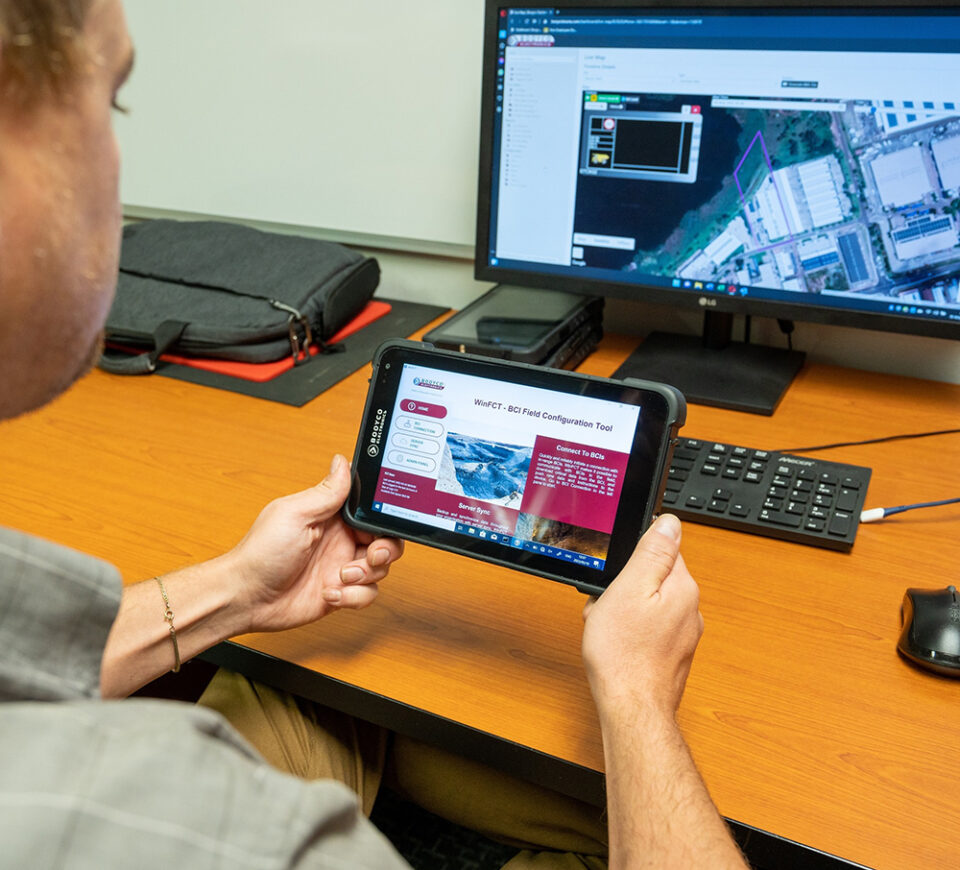Booyco Electronics, South Africa’s pioneer in Proximity Detection System (PDS) technology, plays a key role in supporting mines to meet evolving safety regulations. CEO Anton Lourens emphasises that a current and comprehensive baseline risk assessment is essential for effective PDS implementation and legal compliance.
As the pioneer of Proximity Detection System (PDS) technology in South Africa, Booyco Electronics continues to play a leading role in helping mines align with evolving safety legislation. According to CEO Anton Lourens, a critical foundation for implementing any PDS strategy is an up-to-date baseline risk assessment, which forms the cornerstone of legal compliance and operational readiness.
Without a current assessment, it becomes difficult for mines to determine how and where PDS will be most effective. Lourens highlights that the Mine Health and Safety Act now requires mines to comply with Level 9 safety standards which demand that PDS trigger an engineering control to intervene automatically in hazardous scenarios by slowing down or stopping vehicles to avoid collisions.
“The law obliges mines to identify significant machine-related risks and apply measures that eliminate or reduce these risks,” he explains. “Baseline assessments help identify high-level threats – such as those posed by trackless mobile machines (TMMs) – and support the development of more detailed issue-based risk assessments.”
A key part of this process involves understanding the exact conditions and locations where vehicle-related risks exist including interactions between machines and between machines and pedestrians. Mines must also comply with the Machinery and Occupational Safety Act, now incorporated into the Occupational Health and Safety Act, which requires a detailed traffic management plan.
“This plan outlines which vehicles present significant risk, directly tying back to the baseline risk assessment,” says Lourens. “It also incorporates a traffic flow analysis detailing vehicle routes, frequency, speed, surface conditions, lighting and ventilation – all essential to identifying areas of highest interaction between people and machines.”
The next step for mines is identifying which defined traffic scenarios are most applicable to their site, as these will determine where most operational risk resides. This understanding allows for realistic technology trials on site, where PDS solutions can be tested in collaboration with mobile equipment OEMs.



